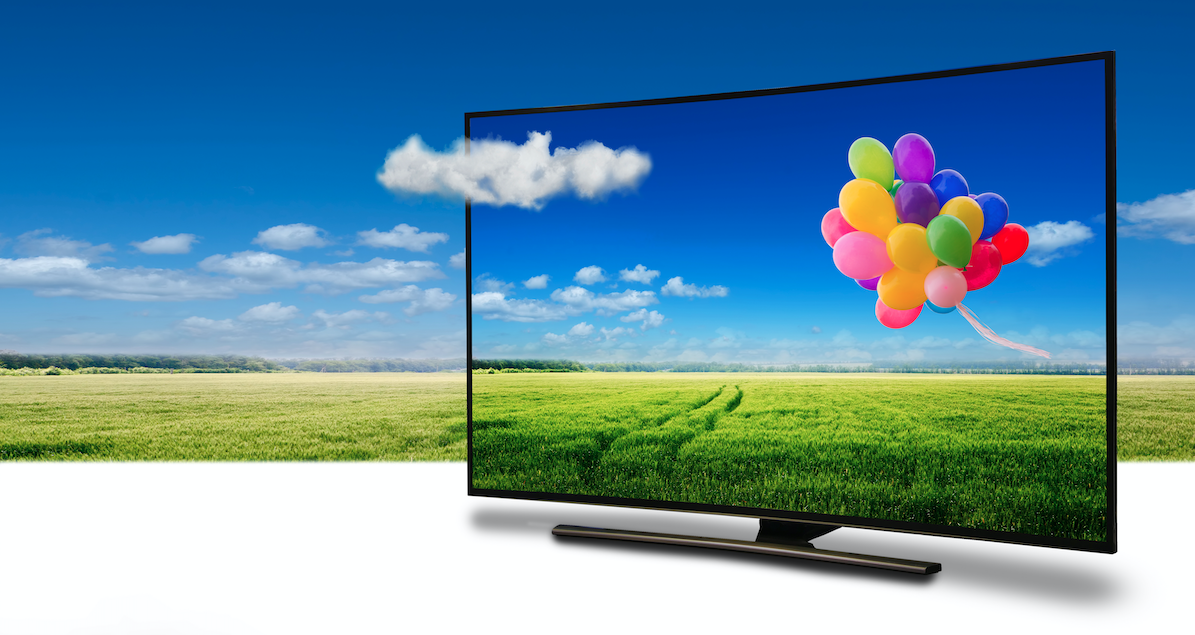What’s the 4K hype about?
You’re probably familiar with the word ‘4K,’ a trending buzzword in the technology industry over the last few years, so it’s no surprise that digital industries are pushing it as the next great digital signage purchase.
So, we took it upon ourselves to break it down for you. We talked with Rich Ventura, Vice President of Product Marketing and Solutions Operations of NEC Display Solutions, who said the 4K revolution might not become mainstream in the next few years but will eventually take place of the 1080p.
4K resolution is the next upgrade in screen display qualities. In short: a 4K display is ultra HD. It has 8.29 million pixels compared to 1080p’s 2.07 million. (That’s four times more pixels!) A higher resolution means that the image has more detail, so 4K displays are able to show more than ever before.
“When [4K is] done well, and the content looks good, and the application is right- It looks amazing,” Rich explained. 4K’s resolution can fit more information on a much smaller palate.
With an 85 inch 4K screen displaying a picture of a New York Street, viewers are able to see finite details like people watching tv in the windows of their apartment buildings. This, paired with 4K’s wider range of colors, is a huge benefit for industries that require flawless visuals.
What 4K Mean for the Digital Signage Industry?
The visuals become drastically detailed when the viewer is within 5 feet of an 80-inch 4K display. Touch interactivity will see a huge benefit from 4K because it’s mesmerizing qualities create significant audience attraction. Content creators will have a field day when they build visuals for 4K’s huge display real estate.
4K is a huge opportunity for large venues like sporting arenas and casinos that call for bright colors and engaging visuals. 4K will amplify the viewing experience for retailers who want to make their product details pop. “Healthcare is really big in high resolution because medical imaging is part of their business. They’re constantly viewing MRIs, CTs, and other Xrays,” Rich pointed out.
He also said businesses with a heavy amount of data, like call centers, can display much more information on a 4K screen compared to a regular HD. Mapping, geography, and wayfinding all become visually enhanced in this resolution.
So Why Isn’t 4K ‘Out’ Already?
The main reason why 4K isn’t being pushed very quickly into the digital signage industry is that applications haven’t demanded it. To suggest a 4K display for a digital menu is pointless; there is no need for that level of resolution.
“Do you really need that much detail in the mayonnaise and the pickles?” Rich asks. The same logic applies to an information display at an airport.
Another big reason is the amount of content creation required. “Just because you’ve improved the resolution doesn’t necessarily mean the content you’ve designed for the previous resolution is going to be better,” Rich said.
Taking 1080p content and streaming it in 4K will either result in graphics that are way too small or stretched and distorted. If you’ve ever tried to stretch a 10×10 pixel image file to fit an area that requires a much larger file, you’ve experienced the harsh realities of distorted images.
Therefore the content you’ve already created needs to be modified. 4K technology is still so new, there are few things that are intended for play in that resolution.
For most, spending a hefty price on a 4K digital sign is unnecessary at this point in time, unless the purposes are heavily color- and visual-based. Before purchasing one, NEC suggests asking yourself if your application purposes adamantly require 4K resolution.
If not, wait it out; 4K is expected to continue to grow, and panel sizes (and prices) will come down, in just a few years.
